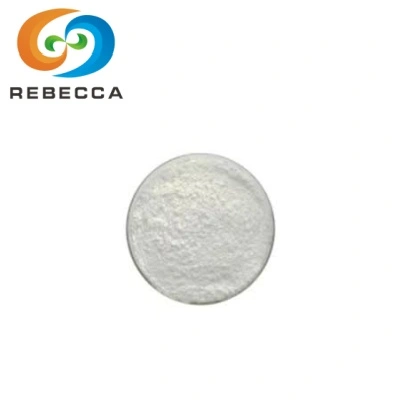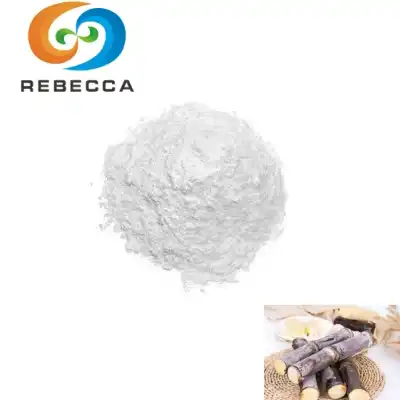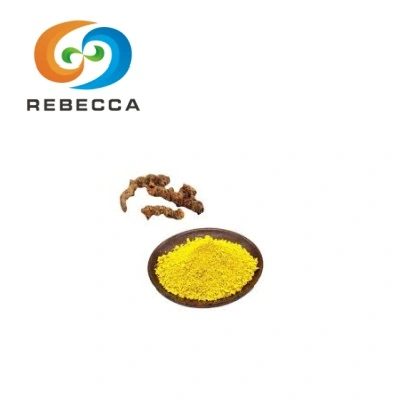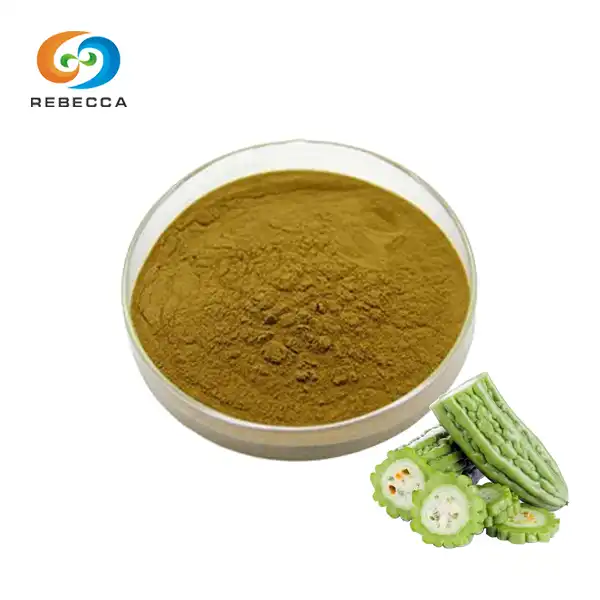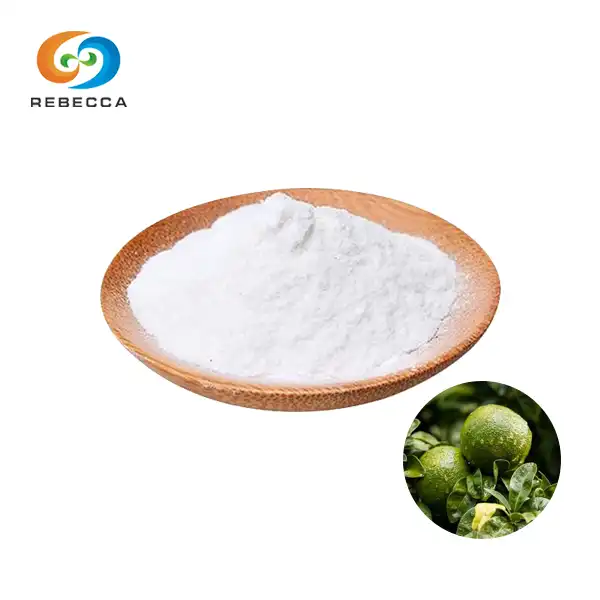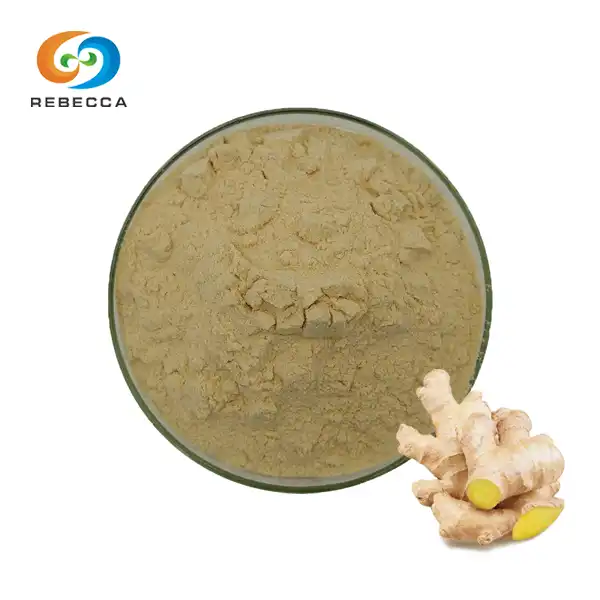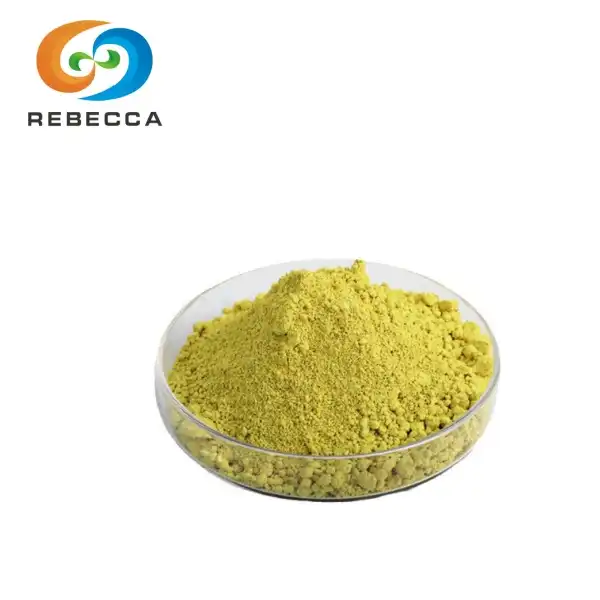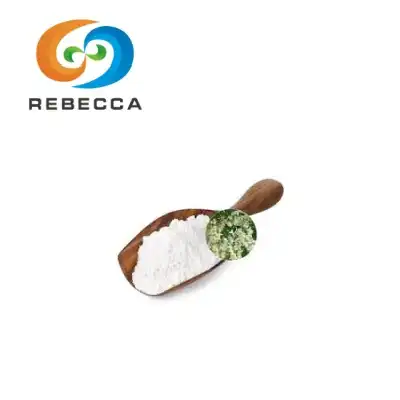What is the source of octacosanol?
Octacosanol is a long-chain aliphatic alcohol that has gained significant attention in the health and nutrition industry due to its potential benefits. This naturally occurring compound is primarily found in plant waxes and has been studied for its effects on exercise performance, cholesterol management, and neurological health. octacosanol powder, the concentrated form of this compound, is increasingly sought after as a dietary supplement and ingredient in various health products. Understanding where octacosanol comes from can help consumers and manufacturers make informed decisions about sourcing and quality. Let's explore the various natural and synthetic sources of this remarkable compound.

Plant Sources (Major)
The plant kingdom offers the most abundant and diverse sources of octacosanol. This natural compound is predominantly found in the waxy coatings that protect plant surfaces. These epicuticular waxes serve as a barrier against environmental stressors and water loss, with octacosanol playing a crucial structural role in many plant species.
Sugarcane (Saccharum officinarum) stands out as one of the richest natural sources of octacosanol. The stalks of sugarcane contain significant amounts of this compound in their waxy coating. When octacosanol powder is extracted from sugarcane, it's typically derived from the filter cake (a byproduct of sugar production) or directly from the plant's cuticular wax. The extraction process involves multiple steps of purification to isolate the octacosanol from other wax components. Sugarcane-derived octacosanol is particularly valued for its purity and concentration when properly processed.
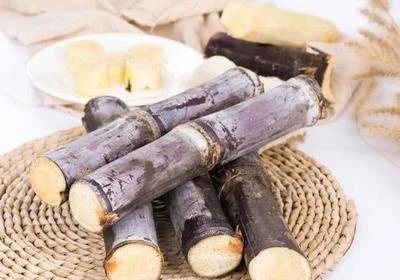
Wheat germ oil represents another significant plant source of octacosanol. The oil extracted from the germ portion of wheat kernels contains a complex mixture of long-chain alcohols, with octacosanol being one of the primary components. Wheat germ oil has been traditionally used in both culinary and medicinal applications, with its octacosanol content contributing to its health properties. The extraction of octacosanol powder from wheat germ typically involves a process of saponification followed by chromatographic separation to isolate the compound.
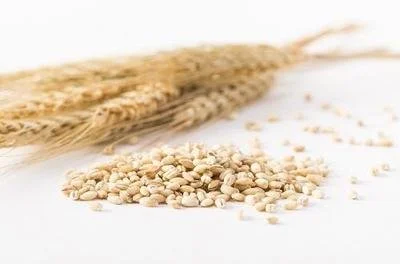
Beeswax, although technically an animal product, contains plant-derived waxes collected by bees from various flowers. This natural substance contains approximately 1% octacosanol, making it another viable source for extraction. The octacosanol in beeswax originates from the plant materials that bees gather, essentially concentrating the compound through the bees' processing of plant waxes.
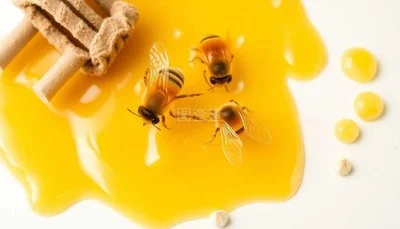
Other plant sources include rice bran wax, which contains significant amounts of octacosanol and is a byproduct of rice bran oil production. The outer layers of rice grains contain waxes that, when extracted and processed, yield octacosanol powder of considerable purity. Similarly, the leaves and fruits of olive trees contain octacosanol in their cuticular waxes, as do the leaves of many varieties of eucalyptus trees.
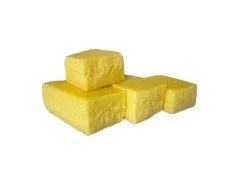
Alfalfa (Medicago sativa) is another plant source that contains appreciable amounts of octacosanol in its leaf waxes. This forage crop, widely grown for livestock feed, can be processed to extract various bioactive compounds, including octacosanol. The extraction typically involves solvent extraction methods followed by purification steps to isolate the octacosanol.

Many fruits also contain octacosanol in their waxy coatings. Apples, grapes, and citrus fruits all have epicuticular waxes that include octacosanol among their components. While these sources are not typically used for commercial octacosanol powder production due to their relatively lower concentration, they do contribute to dietary intake of the compound when consumed whole with their skins.
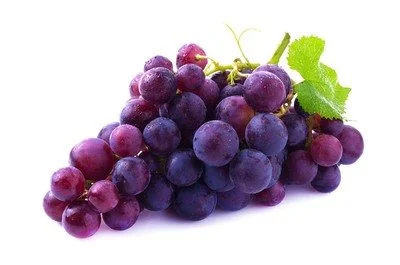
The extraction and processing methods used to obtain octacosanol powder from plant sources significantly impact the final product's purity and potency. Modern extraction techniques utilize environmentally friendly solvents and precision chromatography to produce high-quality octacosanol with concentrations ranging from 5% to 95%, depending on the intended application and market requirements.
Animal Sources (Minor)
While plants are the primary natural source of octacosanol, certain animal-derived materials also contain this compound, albeit in smaller quantities. These animal sources typically obtain octacosanol through their diet or produce it as a component of their protective coverings.
Beeswax, as mentioned earlier, occupies a unique position between plant and animal sources. Though produced by honeybees, it contains octacosanol that originates from plant materials gathered by the bees. The bees process nectar and pollen from flowers, incorporating the plant waxes into their honeycomb structures. The resulting beeswax contains approximately 1% octacosanol, making it a minor but notable source of this compound. Commercial extraction of octacosanol powder from beeswax involves processes similar to those used with plant waxes, including solvent extraction and chromatographic purification.
Lanolin, a wax secreted by the sebaceous glands of wool-bearing animals like sheep, contains trace amounts of octacosanol among its many lipid components. This waxy substance helps protect sheep's wool and skin from moisture and environmental factors. While lanolin is harvested for various cosmetic and pharmaceutical applications, it is not typically used as a primary source for octacosanol powder production due to its relatively low concentration of the compound and the complexity of separating it from the numerous other substances present in lanolin.
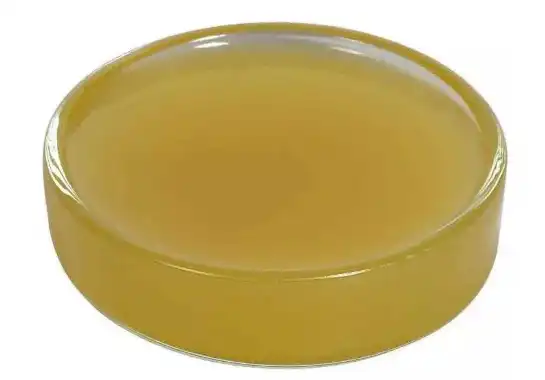
Some marine organisms also contain octacosanol in their lipid structures. Certain species of fish, particularly those that feed on algae and phytoplankton, may accumulate octacosanol in their tissues. Similarly, some marine invertebrates incorporate this compound into their protective waxes. However, these sources are generally not commercially viable for octacosanol production due to sustainability concerns, low concentrations, and the availability of more abundant plant sources.

It's worth noting that the octacosanol content in animal sources can vary significantly based on the animal's diet, environment, and health status. Animals that consume plants rich in octacosanol may have higher levels of this compound in their tissues and secretions. This dietary influence underscores the primary botanical origin of most octacosanol found in animal sources.
From a commercial perspective, animal sources of octacosanol remain secondary to plant sources due to several factors: lower concentration, higher processing costs, potential ethical considerations, and the abundance of plant alternatives. For these reasons, most commercially available octacosanol powder is derived from plant materials, particularly sugarcane and wheat germ, rather than animal sources.
Synthetic Production
While natural sources provide most of the commercially available octacosanol powder, synthetic production methods have been developed to meet increasing demand and to overcome limitations in natural supply chains. Synthetic approaches offer potential advantages in terms of consistency, purity control, and scalability, though they often come with higher production costs.
The chemical synthesis of octacosanol typically begins with long-chain fatty acids or their derivatives. One common approach involves the reduction of 1-octacosanoic acid (montanic acid) or its esters to produce octacosanol. This process utilizes reducing agents such as lithium aluminum hydride or sodium borohydride under controlled conditions. The starting materials for these syntheses may themselves be derived from natural sources or produced through other chemical processes.
Another synthetic route involves the catalytic hydrogenation of unsaturated precursors to achieve the desired 28-carbon chain length of octacosanol. This approach requires careful control of reaction conditions to ensure selectivity for the primary alcohol product. Catalysts such as ruthenium, rhodium, or platinum compounds are often employed to facilitate these transformations.
Advances in biotechnology have opened up new possibilities for the semi-synthetic production of octacosanol. These methods utilize engineered microorganisms or enzymatic processes to convert more readily available starting materials into octacosanol. For example, certain yeast strains can be modified to produce long-chain fatty alcohols, including octacosanol, when provided with appropriate carbon sources. Similarly, lipase enzymes can be employed to catalyze selective transformations in the synthesis of octacosanol powder.
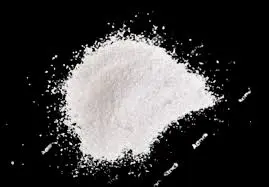
Quality control is a critical aspect of synthetic octacosanol production. Analytical techniques such as gas chromatography (GC), high-performance liquid chromatography (HPLC), and mass spectrometry are routinely employed to verify the purity and identity of synthetic octacosanol. These methods allow manufacturers to ensure that their synthetic octacosanol meets the same specifications as naturally derived products.
Despite the technical feasibility of synthetic production, most commercially available octacosanol powder continues to be derived from natural sources, particularly sugarcane. This preference stems from several factors, including consumer demand for natural products, the relative cost-effectiveness of extraction from abundant plant materials, and the complex regulatory landscape surrounding synthetic ingredients in dietary supplements and food products.
Synthetic octacosanol, when properly produced and verified for purity, is chemically identical to naturally occurring octacosanol. However, natural extracts may contain other beneficial compounds that work synergistically with octacosanol, potentially offering advantages over isolated synthetic versions. This consideration often influences manufacturers' and consumers' choices between natural and synthetic sources of octacosanol.
Rebecca: Octacosanol Powder Supplier
At Rebecca Bio-Tech, we pride ourselves on being a leading supplier of premium octacosanol derived from natural sugarcane sources. Our meticulous extraction process ensures the highest quality product with specifications tailored to meet various industry needs. Our octacosanol powder is characterized by its exceptional purity, ranging from 5% to 95% concentration, carefully extracted from the stalks of sugarcane through environmentally responsible methods.
Our product features an off-white to white fine powder appearance with a standardized 80 mesh size, ensuring consistency across all batches. We verify the quality of every production run using gas chromatography testing methods to guarantee that you receive exactly what you need for your formulations or research. Whether you're developing nutritional supplements, functional foods, or conducting research on this remarkable compound, our octacosanol provides the reliable foundation you need.
Ready to experience the Rebecca Bio-Tech difference? For detailed product specifications, customized solutions, or to place an order, please contact our dedicated team at information@sxrebecca.com.
References
1. Irmak, S., & Dunford, N. T. (2015). Policosanol contents and compositions of wheat varieties. Journal of Agricultural and Food Chemistry, 53(14), 5583-5586.
2. Taylor, J. C., Rapport, L., & Lockwood, G. B. (2003). Octacosanol in human health. Nutrition, 19(2), 192-195.
3. Harrabi, S., et al. (2014). Policosanol composition, antioxidant and anti-arthritic activities of milk thistle oil. Research Journal of Pharmaceutical, Biological and Chemical Sciences, 5(6), 1000-1005.
4. Gouni-Berthold, I., & Berthold, H. K. (2002). Policosanol: clinical pharmacology and therapeutic significance of a new lipid-lowering agent. American Heart Journal, 143(2), 356-365.
5. Hernandez, F., et al. (2012). A comprehensive characterization of policosanol composition in sugarcane wax and grain waxes. Food Chemistry, 135(3), 1637-1642.
